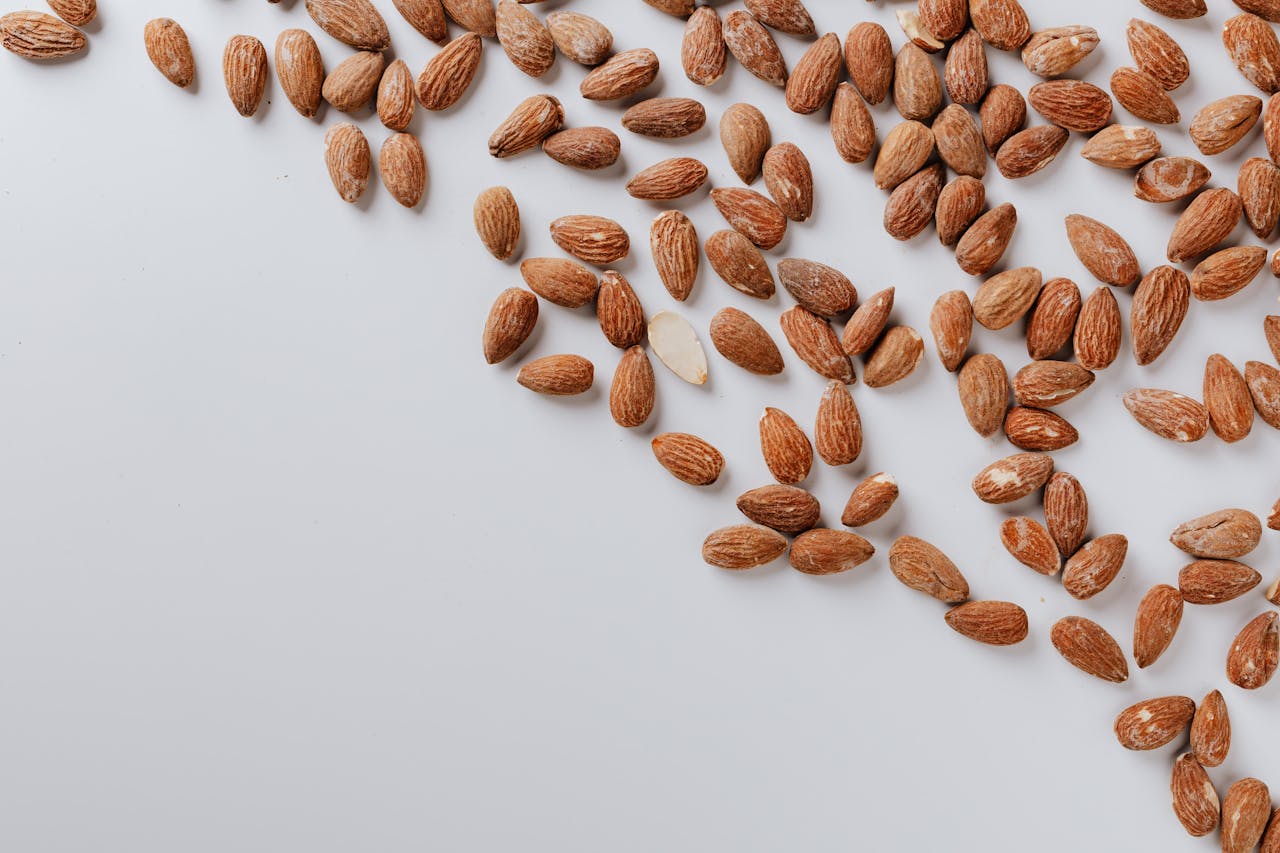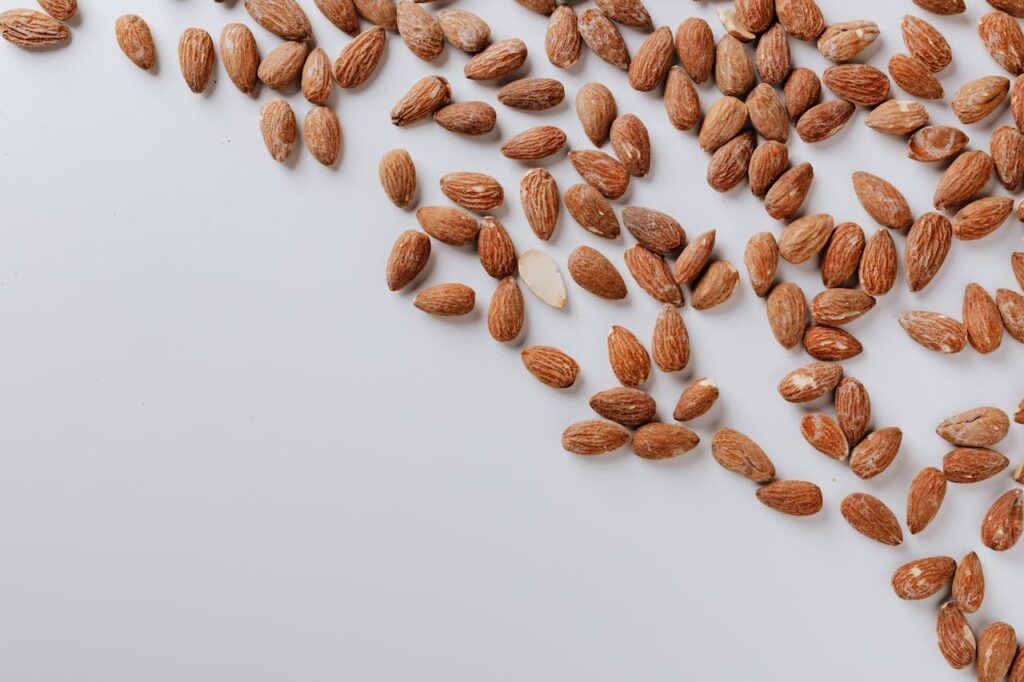
Benefits of a Low-Carb Diet
Low-carb Keto Recipes have gained popularity for their potential benefits in weight loss and improving overall health. By reducing the intake of carbohydrates, the body is forced to burn fat for fuel, leading to increased weight loss compared to other diets. Additionally, low-carb diets have been shown to help regulate blood sugar levels, making them a suitable option for individuals with diabetes or insulin resistance.
Check it out, Click the Button…
Another benefit of a low-carb diet is its potential to decrease cravings and hunger levels. When consuming fewer carbohydrates, the body’s insulin levels become more stable, helping to curb the constant urge to snack or overeat. This can lead to better adherence to the diet and ultimately contribute to long-term weight management. Overall, the benefits of a low-carb diet extend beyond weight loss to encompass improvements in metabolic health and overall well-being.

- Low-carb diets force the body to burn fat for fuel, leading to increased weight loss
- Helps regulate blood sugar levels, making it suitable for individuals with diabetes or insulin resistance
- Decreases cravings and hunger levels by stabilizing insulin levels
- Can lead to better adherence to the diet and contribute to long-term weight management
- Benefits extend beyond weight loss to improvements in metabolic health and overall well-being
Understanding Macronutrients on a Keto Diet
When following a keto diet, understanding macronutrients is crucial for achieving ketosis. Macronutrients consist of three main components: fats, proteins, and carbohydrates. To successfully maintain a state of ketosis, it is essential to carefully monitor and balance these macros to ensure that 70-75% of your daily caloric intake comes from fats, 20-25% from proteins, and only about 5-10% from carbohydrates.
Fats are the cornerstone of a keto diet, providing the majority of your daily calories. Healthy sources of fats include avocados, nuts, seeds, olive oil, and coconut oil. Proteins are important for muscle maintenance and repair, but it’s essential to choose lean sources such as poultry, fish, and tofu to avoid consuming excess protein, which can hinder ketosis. Lastly, carbohydrates should primarily come from low-carb vegetables like leafy greens, broccoli, and cauliflower, as these have minimal impact on blood sugar levels and won’t kick you out of ketosis.
Tips for Meal Planning on Keto
Meal planning is a crucial aspect of successfully following a ketogenic diet. To start, focus on incorporating a variety of protein sources such as chicken, beef, fish, and tofu into your meals. These proteins will help keep you feeling full and satisfied while also supporting muscle growth and repair.
In addition to proteins, make sure to include plenty of low-carb vegetables in your meal planning. Vegetables like spinach, broccoli, cauliflower, and zucchini are not only packed with essential vitamins and minerals but also add fiber to your diet, which can aid in digestion and help you feel full longer. Experiment with different cooking methods such as roasting, sautéing, or grilling to keep your meals interesting and enjoyable.
How to Incorporate Healthy Fats into Your Keto Diet
Healthy fats are a crucial component of a successful ketogenic diet. They provide a concentrated source of energy and help keep you feeling full and satisfied. To incorporate healthy fats into your keto diet, focus on incorporating foods like avocados, nuts, seeds, and olives into your meals and snacks. You can also reach for cooking oils such as coconut oil, olive oil, and avocado oil when preparing your food.
For those who enjoy dairy, options like full-fat cheeses, butter, and heavy cream can also be great sources of healthy fats on a keto diet. Additionally, fatty fish like salmon, mackerel, and sardines are excellent choices due to their high omega-3 fatty acid content. By including a variety of these healthy fats in your meals, you can ensure that you are meeting your body’s needs while following a ketogenic diet.
The Importance of Protein on a Ketogenic Diet
Protein is a crucial component of a ketogenic diet as it plays a vital role in preserving lean muscle mass, supporting satiety, and aiding in weight management. When following a low-carb, high-fat diet like keto, it’s essential to ensure you’re consuming adequate protein to prevent muscle loss and promote overall health.
Additionally, protein is essential for various bodily functions, including hormone production, enzyme synthesis, and immune system support. Opting for high-quality sources of protein, such as lean meats, poultry, fish, eggs, and plant-based options like tofu and tempeh, can help you meet your daily protein needs while keeping your net carb intake in check.
Simple and Delicious Keto Breakfast Ideas
Need some inspiration for your keto breakfast options? Start your day with a plate of scrambled eggs cooked in coconut oil and topped with creamy avocado slices. For a twist, try replacing traditional toast with crispy bacon strips or a side of fresh berries for a touch of sweetness.
Another quick and satisfying keto breakfast idea is a smooth and velvety chia seed pudding. Simply mix chia seeds with unsweetened almond milk and a splash of vanilla extract, then let it sit in the fridge overnight. In the morning, top it off with a sprinkle of nuts or seeds for added crunch and nutrients. With these simple and delicious breakfast ideas, you can kickstart your day while staying on track with your ketogenic diet goals.
Creative Ways to Replace Carbs in Your Favorite Recipes
When trying to follow a low-carb or ketogenic diet, finding creative ways to replace carbs in your favorite recipes is essential for maintaining variety in your meals. Rather than feeling restricted by the limitations on traditional carbohydrate sources, consider exploring alternative options that can still provide the textures and flavors you crave.
One simple and popular substitute for carb-heavy ingredients like pasta or rice is using spiralized vegetables such as zucchini or butternut squash. These veggie noodles can be easily sautéed or baked and paired with your usual sauces or toppings for a satisfying and nutritious meal. Additionally, swapping out regular flour with almond or coconut flour in baking recipes can significantly reduce the carb content while adding a delicious nutty flavor to your treats.
Snack Ideas for Keto on-the-go
When following a keto diet, finding convenient and satisfying snacks for on-the-go can be a game-changer. Opt for portable options like string cheese, beef jerky, or mixed nuts for a quick and easy pick-me-up. These snacks are not only low in carbs but also rich in protein and healthy fats to keep you feeling full and energized throughout the day.
If you’re craving something sweet, consider packing a small container of berries or a handful of dark chocolate squares with at least 70% cocoa content. These lower carb options can help satisfy your cravings while still staying on track with your keto goals. Remember to plan ahead and have these snacks readily available to avoid the temptation of reaching for high-carb options when you’re on the move.
How to Stay Hydrated on a Keto Diet
Staying hydrated is essential, especially when following a keto diet. Due to the decreased intake of carbohydrates, your body may retain less water, making it important to replenish fluids regularly. Aim to drink at least eight glasses of water a day, but adjust this amount based on your individual needs, activity level, and climate.
In addition to water, incorporating electrolytes into your daily routine can help maintain a healthy balance in your body. Electrolytes play a crucial role in regulating fluid balance, muscle function, and nerve signaling. You can obtain electrolytes through foods like leafy greens, nuts, and seeds, or opt for supplements specifically designed for a keto diet.
Navigating Social Situations While Following a Ketogenic Diet
When following a ketogenic diet, social situations can sometimes present challenges. Whether it’s a family gathering, a night out with friends, or a work event, the temptation to indulge in non-keto-friendly foods may be all too real. In these instances, it’s important to plan ahead and come prepared with keto-friendly options to stay on track with your dietary goals.
One strategy is to communicate your dietary preferences and restrictions to your friends, family, or host ahead of time. This can help avoid any awkward situations and ensure that there are keto-friendly options available. Additionally, offering to bring a dish or snack that fits within your ketogenic parameters can be a considerate gesture that ensures you have something to eat while socializing. Remember, staying committed to your ketogenic diet is ultimately about your own health and well-being, so don’t be afraid to advocate for yourself in social situations.
What are some benefits of following a low-carb ketogenic diet?
Following a low-carb ketogenic diet can lead to weight loss, improved blood sugar levels, increased energy, and enhanced mental clarity.
How can I ensure I am getting the right balance of macronutrients on a keto diet?
To maintain a ketogenic diet, aim to consume about 70-75% of your calories from healthy fats, 20-25% from protein, and 5-10% from carbohydrates.
What are some tips for meal planning on a keto diet?
When meal planning on a keto diet, focus on incorporating high-fat foods like avocados, nuts, seeds, and oils, along with lean proteins and low-carb vegetables.
What are some creative ways to replace carbs in my favorite recipes on a keto diet?
You can replace traditional pasta with zucchini noodles, use cauliflower rice instead of regular rice, and make pizza crust out of almond flour or coconut flour.
How can I navigate social situations while following a ketogenic diet?
When dining out or attending social gatherings, focus on protein-rich options like grilled meats or salads with added fats like avocado or cheese. You can also bring your own keto-friendly snacks to ensure you have something to eat.
How important is staying hydrated on a keto diet?
Staying hydrated is essential on a ketogenic diet, especially since the body tends to release water weight when transitioning into ketosis. Aim to drink plenty of water throughout the day and consider adding electrolytes to prevent dehydration.
What are some simple and delicious keto breakfast ideas?
Some keto-friendly breakfast ideas include scrambled eggs with avocado, bacon and egg muffins, chia seed pudding, or a smoothie made with coconut milk and protein powder.
Follow Keto Recipes on Pinterest.
